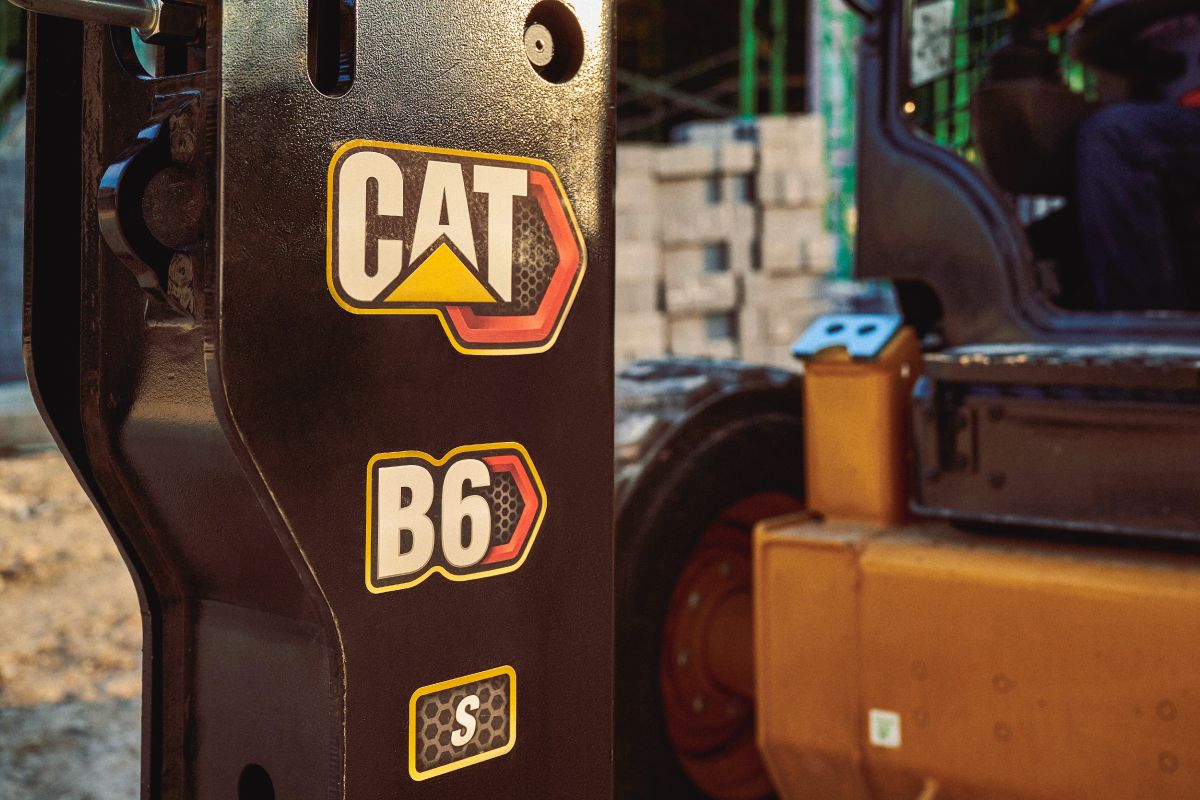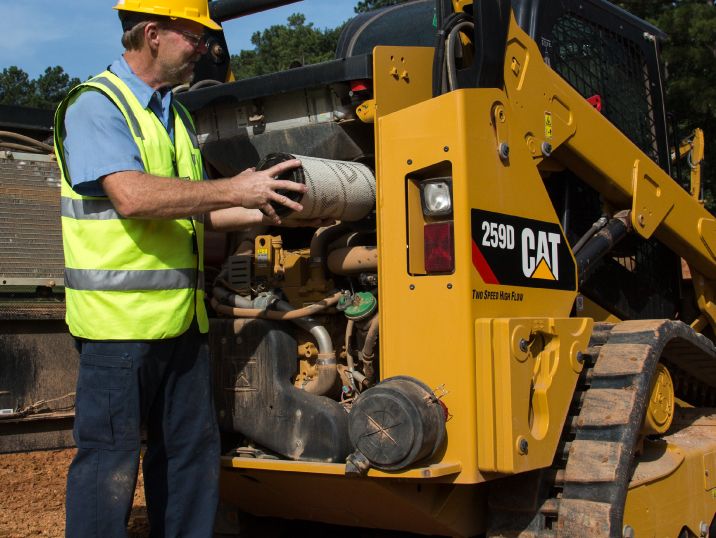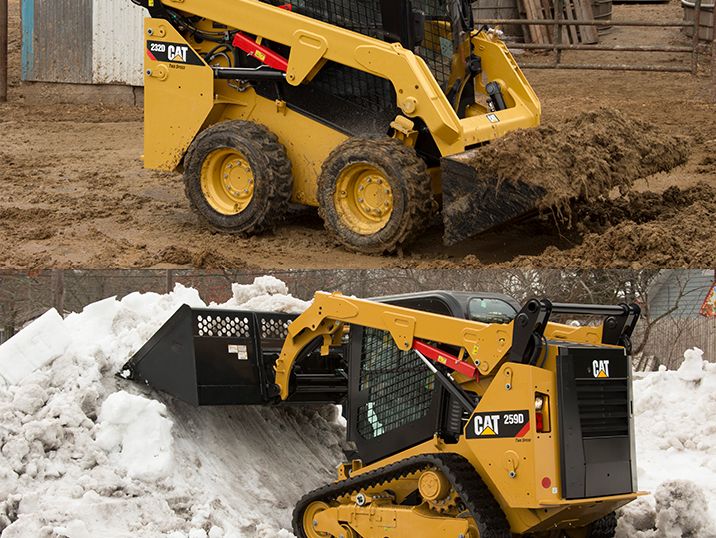

Sign In
Welcome! Sign In to personalize your Cat.com experience
If you already have an existing account with another Cat App, you can use the same account to sign in here
Register Now
One Account. All of Cat.
Your Caterpillar account is the single account you use to log in to select services and applications we offer. Shop for parts and machines online, manage your fleet, go mobile, and more.
Account Information
Site Settings
Security
5 Ways to Get a Handle
on Your Repair Costs
Benjamin Franklin once said nothing is certain in life but death and taxes. Any heavy equipment owner would likely add repairs to that list, too. Just because they’re inevitable, though, doesn’t mean they have to break the bank. Here are five things you can do to keep your repair costs under control:
1. Turn on the telematics.
If you do nothing else with the telematics system that’s likely already built into your machines, use it to identify repairs before failure. Even the most basic systems provide information about daily fault codes, so you can catch small issues before they become big problems. Most will let you set up email or text alerts so you can get notifications immediately if something goes wrong. Once you get the hang of the basics, you can use telematics to keep scheduled maintenance on track (see #2) and keep an eye on other repair drivers like idle time (#3) and operator performance (#4).
2. Stick to a schedule.
When you’re busy, it’s tempting to skip an oil or filter change or a routine maintenance appointment. Don’t. Keeping service on schedule is your best weapon in the fight against rising repair costs. In fact, some studies show regular preventive maintenance (PM) can cut your equipment repair bills by 25 percent. The Operation & Maintenance Manual that comes with every machine outlines the manufacturer’s recommended maintenance schedule. Take it seriously. But if you’re operating in challenging weather or site conditions, know that it may be necessary to perform some PM more frequently. Your equipment dealer can help you determine the right schedule for your application.
3. Eliminate idle time.
Typically when we talk idle time, we talk fuel savings. But cutting fuel costs isn’t the only benefit. Idling puts more (unproductive) hours on a machine’s engine, causing components to wear out more quickly. Reducing it helps you keep repairs on schedule so you can keep costs and downtime in line. To put a stop to excessive idle time, start with your operators — a quick training session can go a long way toward changing behavior. You can also take advantage of features like auto-idle technology, which automatically reduces engine rpm to idle rpm or below, or auto shutdown systems, which power down a machine if it’s been idling for a preset amount of time. And don’t forget the telematics, which can help you track idle time and your progress toward eliminating it.
4. Run it right.
Heavy equipment is built to withstand some pretty tough conditions, but it’s not operator-proof. One of the easiest ways to avoid unnecessary repairs is to make sure the men and women behind the controls know their stuff. There’s plenty of training available — online and in person — to help new employees get up to speed on proper operating practices for every machine. (It’s a good idea to have your old hands complete a refresher course regularly, too, as new systems and technologies come on board.) Make sure you allot time for your operators to conduct a thorough walkaround before they climb into the cab — that’s when they’re most likely to spot a potential problem. Again, telematics can play an important role here, alerting you to operator techniques that may be leading to premature repairs.
5. Weigh your parts options.
The cost of fluids, filters and replacement parts can add up — especially if purchased individually. Check to see if your equipment dealer offers maintenance agreements that can help you save on these costs. Generally, these plans provide a fixed cost for equipment service at regular intervals, which lets you budget for repair costs and reduce the chance of expensive equipment failures. Another option, whether you perform your own repairs or turn to your equipment dealer, is remanufactured parts. They often provide same-as-new performance at a less-than-new price and are usually available off the shelf to reduce your downtime.
When it comes to heavy equipment repairs, the question isn’t “if” but “when.” Still, if you take a few proactive steps, commit to preventive maintenance and keep an open mind about technology, you can ward off repairs until they’re absolutely necessary — keeping your costs and downtime to a minimum.
You can get more information on repair options here.
RELATED ARTICLES
You’re here to get ideas to grow your business. Read on for machine insights and expert tips and tricks to get more out of every job.
-
Attachment Maintenance
Get tips and tricks on attachment maintenance, so you can get longer product life, productivity and efficiency out of your work tools.
Learn More -
Uptime Tips for Compact Track Loaders
Get the most uptime and productivity from your Cat compact track loader with the tips from our blog.
Learn More -
Protect Your Machine from Rust Damage
Learn how rust damage prevention helps preserve your machine’s resale value and performance.
Learn More -
Landscape Equipment Rentals vs. Ownership
You know what machine you want, but how do you get it? We discuss when to consider landscape equipment rentals, leasing, and ownership.
Learn More





